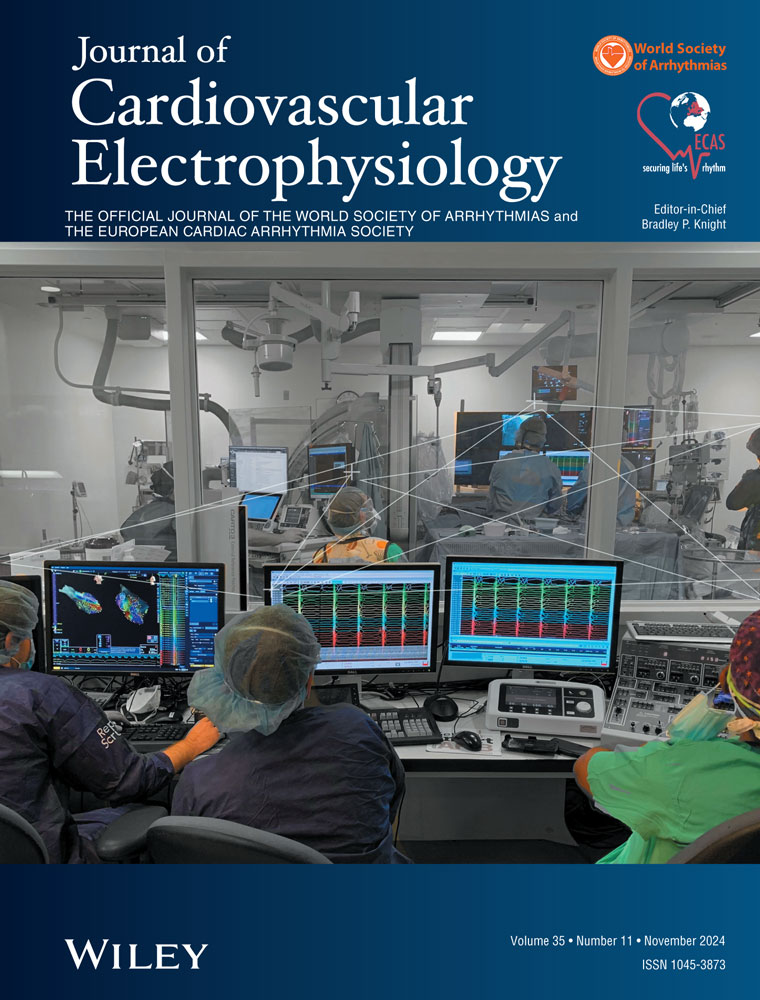Calcium channel blockers and beta blockers in pediatric supraventricular tachycardia
Disclosures: None.
Abstract
Introduction
Supraventricular tachycardia (SVT) is a common pediatric arrhythmia. Beta blockers (BBs) and calcium channel blockers (CCBs) are used for treatment despite little data examining their use. We describe the prescriptive tendencies, efficacy, and tolerability of BBs and CCBs used in the treatment of pediatric SVT.
Methods and Results
This is a multicenter retrospective cohort study from three academic children's hospitals. Individuals aged 1–21 years at time of SVT diagnosis initiated on a BB or a CCB between 01/01/2010 and 12/31/2020 were included. Exclusion criteria were pre-excitation, ectopic atrial tachycardia, and hemodynamically significant heart disease. Demographic, comorbidity, symptomatology, and medication data were collected. Treatment success was defined using a composite data abstraction tool. Of 164 patients, 151 received a BB and 13 received a CCB. The success rate on the initial dosage was 46% for both BB and CCB; the success rate following dosage adjustments was also comparable for BBs (98/151, 65%) and CCBs (9/13, 69%). While 27 (18%) BB patients experienced intolerable side effects, no CCB patient did.
Conclusion
Treatment with a BB or CCB was successful in half of patients. BBs were prescribed more frequently than CCBs but were associated with more side effects.
CONFLICT OF INTEREST STATEMENT
The authors declare no conflict of interest.
Open Research
DATA AVAILABILITY STATEMENT
The data that support the findings of this study are available from the corresponding author upon reasonable request.




